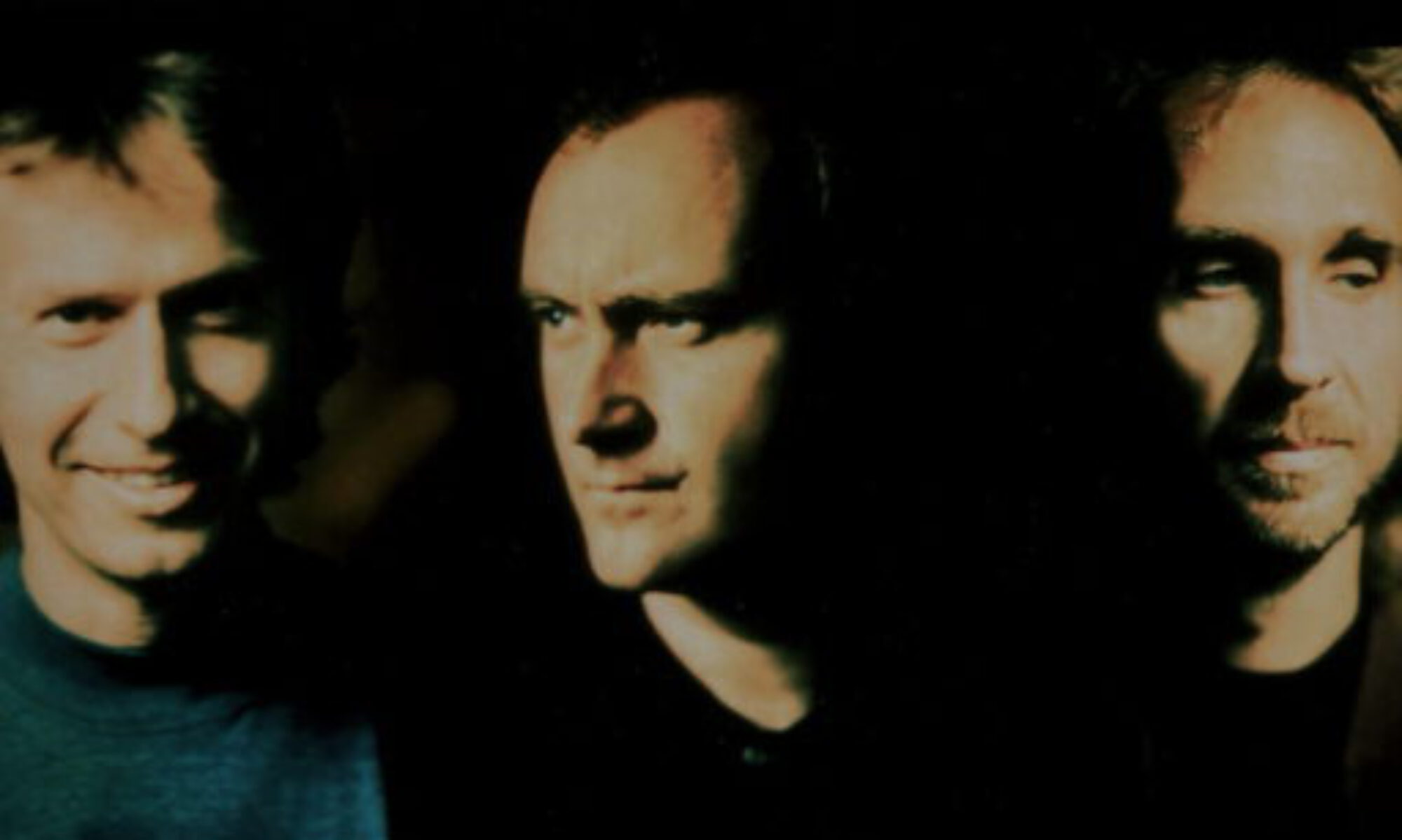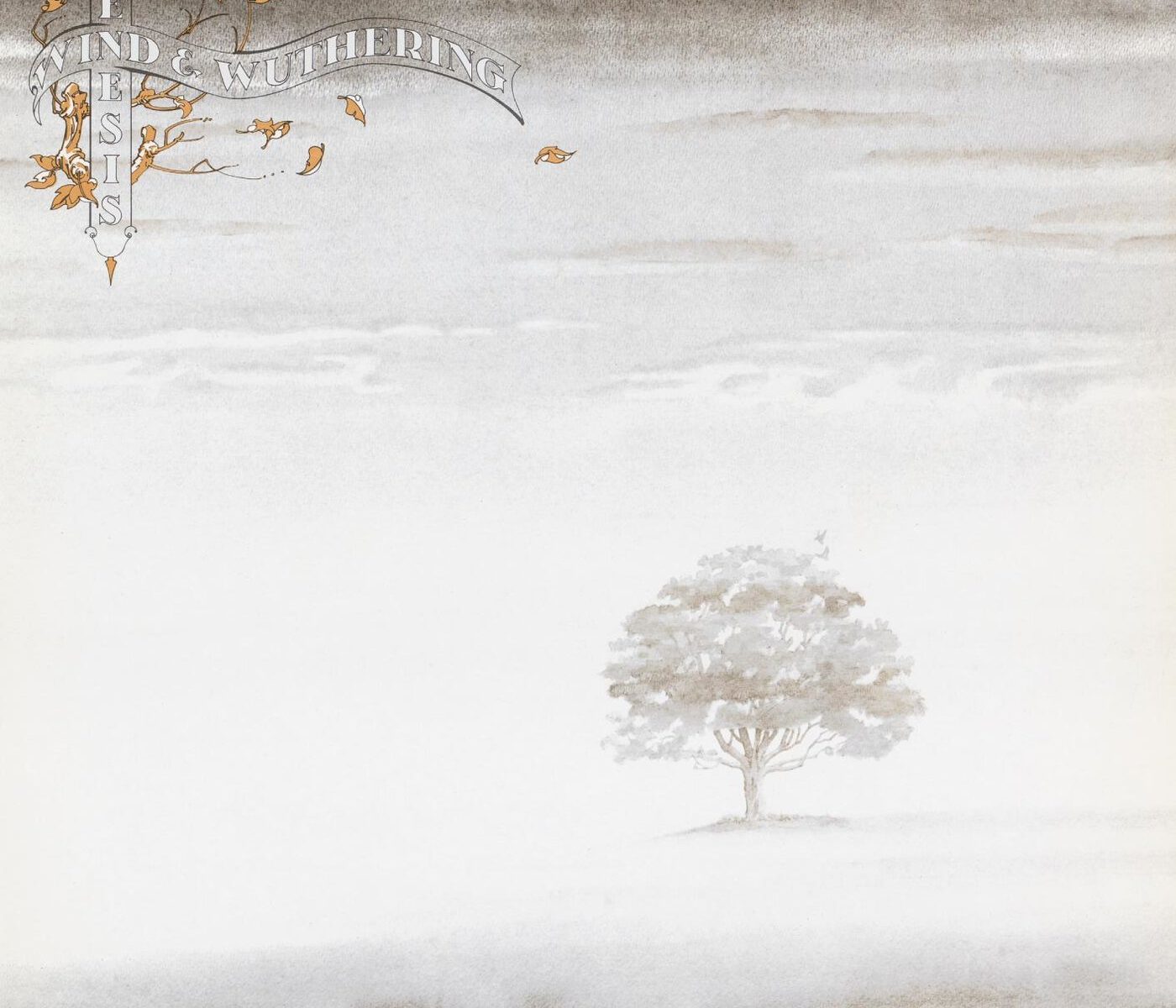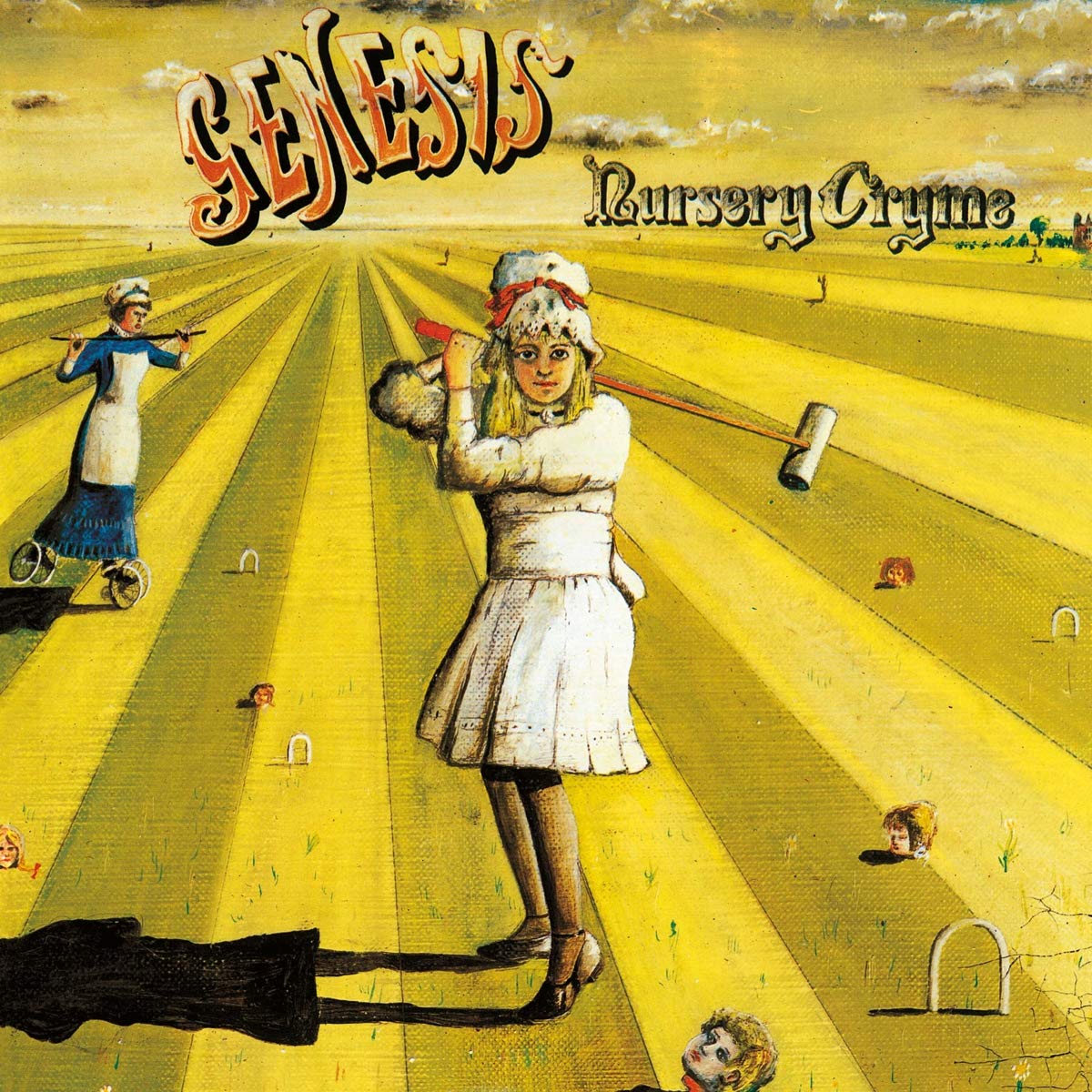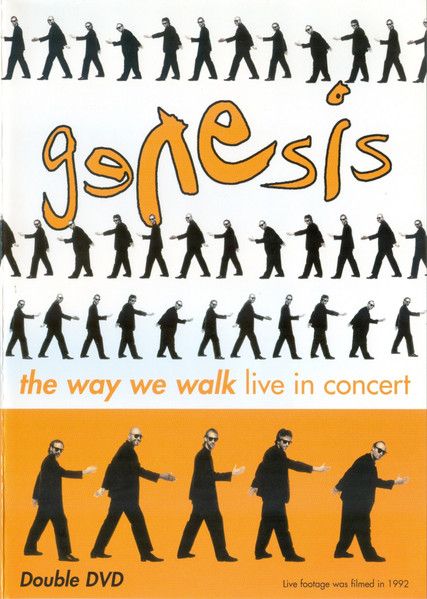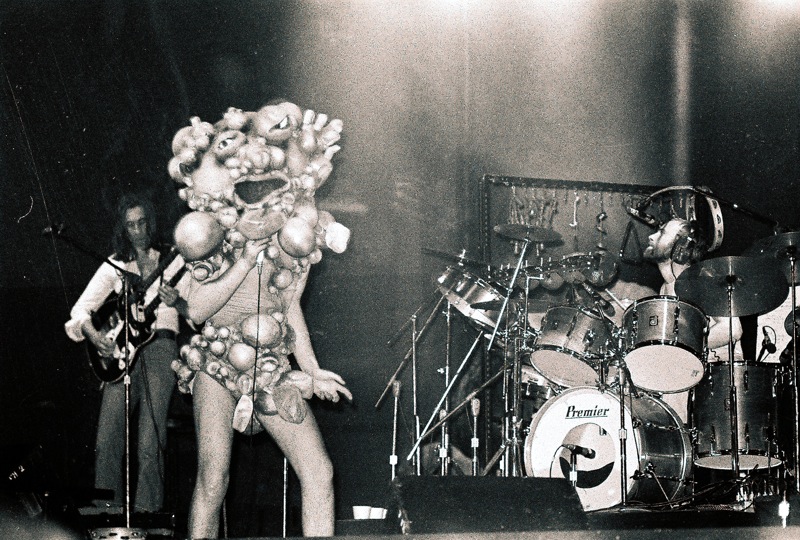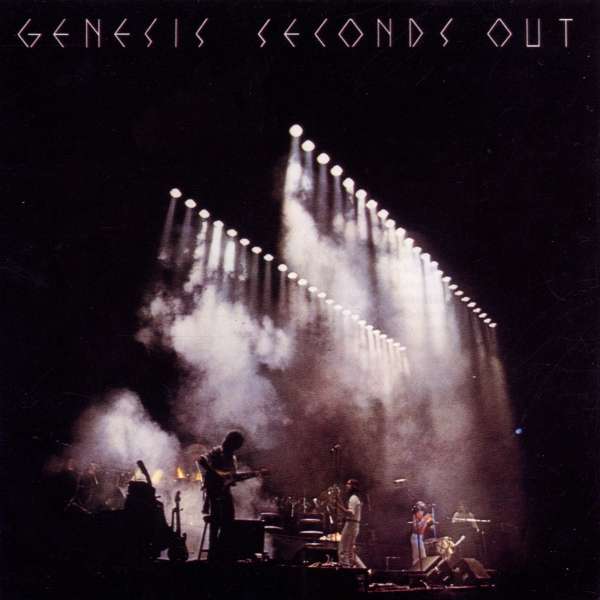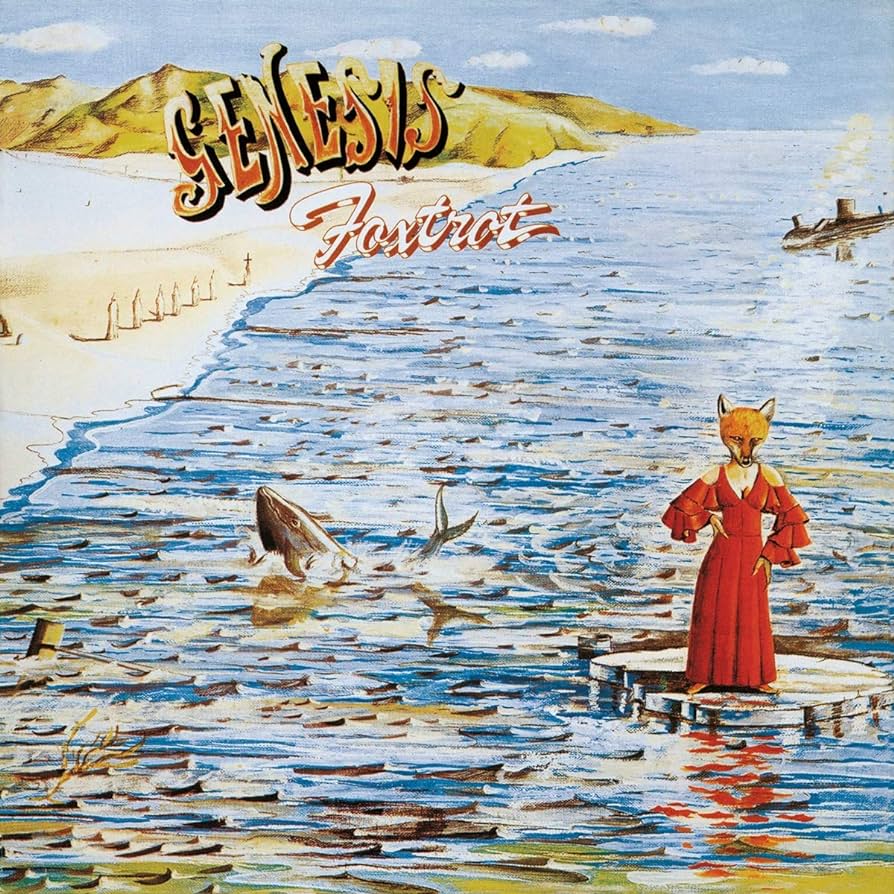Released between December 1976 and January 1977, Wind & Wuthering marked the end of an era for Genesis. It was the last album to feature Steve Hackett before his departure, and it stands as one of the band’s most progressive works, balancing complex storytelling, instrumental prowess, and early hints of their later pop-oriented direction.
Continue reading “Wind & Wuthering (1976) – Genesis”Nursery Cryme (1971) – Genesis
In November 1971, Genesis released Nursery Cryme, their third studio album and a turning point in their musical evolution. It marked the arrival of guitarist Steve Hackett and drummer Phil Collins, whose contributions would shape the band’s signature progressive rock sound.
Continue reading “Nursery Cryme (1971) – Genesis”Genesis – The Way We Walk: Live in Concert DVD Review
The Way We Walk – Live in Concert, originally released in 1993 and reissued on DVD in 2001, offers fans an intimate and electrifying glimpse into the band’s We Can’t Dance tour. Filmed over three nights at London’s Earls Court in November 1992, this concert video is a vibrant showcase of Genesis’s remarkable musicianship and theatrical flair.
Continue reading “Genesis – The Way We Walk: Live in Concert DVD Review”The Lamb Lies Down on Broadway Tour: A Theatrical Odyssey (1974–1975)
As Genesis embarked on their ambitious The Lamb Lies Down on Broadway tour, which commenced on November 20, 1974, audiences were drawn into an elaborate fusion of music and visual storytelling that spanned 102 shows across the U.S., Europe, and the UK. The tour, running until May 22, 1975, was an unprecedented venture, marked by its innovation, chaos, and lasting legacy. But how did it become one of the most memorable and challenging chapters in Genesis’ history?
Continue reading “The Lamb Lies Down on Broadway Tour: A Theatrical Odyssey (1974–1975)”The Shorts (1992) – Genesis
In November 1992, Genesis released The Shorts, the first volume of their dual live album project, The Way We Walk. This release marked a departure from the typical live double-album format that encapsulates an entire show. Instead, Genesis took a bold approach by splitting their 1992 tour recordings into two thematic compilations: The Shorts—a collection of their most recent hits—and The Longs, featuring their extended, experimental tracks and a medley from the ’70s.
Continue reading “The Shorts (1992) – Genesis”The Lamb Lies Down on Broadway (1974) – Genesis
In June 1974, Genesis found themselves at a pivotal moment in their career. The band, having evolved through various phases, was now at the cusp of creating one of their most ambitious and transformative albums: The Lamb Lies Down on Broadway. Genesis had entered a new phase, both creatively and personally. The group decided to record in a new environment, seeking a place that would inspire their next sonic chapter. They chose Headley Grange, a decaying old eighteenth-century poorhouse in East Hampshire, previously inhabited by artists like Led Zeppelin and Bad Company. But when Genesis arrived, it was in a dilapidated state. The previous occupants had left behind quite a mess, and the house, with its eerie atmosphere, only added to the tension brewing within the band.
Continue reading “The Lamb Lies Down on Broadway (1974) – Genesis”We Can’t Dance (1991) – Genesis
We Can’t Dance marked Genesis’ 1991 return following an intensive period of solo projects and the global success of their previous Invisible Touch tour, which captivated 3.5 million fans across 112 shows but left the band physically and emotionally spent. Personal experiences, including Mike Rutherford’s loss of his father and complications during his son Harry’s birth, shaped the hiatus that saw Mike successfully releasing The Living Years with Mike + The Mechanics, and Phil Collins achieving massive success with …But Seriously and its accompanying tour. The band reconvened at The Farm, their private studio in Surrey, in March 1991, producing We Can’t Dance over six months. This album would become the final Genesis album with Collins as lead vocalist.
Continue reading “We Can’t Dance (1991) – Genesis”Trespass (1970) – Genesis
Genesis’s second album, Trespass, marked a turning point in their musical journey. Released in October 1970 on the Charisma label (and on ABC Records in the US), the album showcased a band finding its identity, blending folk, rock, and soul in ways that set them apart from their contemporaries. Recorded at Trident Studios in London under the guidance of producer John Anthony, Trespass was a bold step forward for Genesis, a band on the brink of discovering their iconic sound.
Continue reading “Trespass (1970) – Genesis”Seconds Out (1977) – Genesis
Genesis released their double live album Seconds Out in October 1977, capturing the band’s performance during the Wind & Wuthering tour. Recorded mainly at the Palais des Sports in Paris in June 1977, with one track from the Pavillon de Paris in June 1976, the album showcases Genesis at a pivotal moment in their evolution.
Continue reading “Seconds Out (1977) – Genesis”Foxtrot (1972) – Genesis
It’s the year 1972. Genesis had released Nursery Cryme the year before and had played their first show overseas in Brussels in early 1972. Several shows in Europe followed and after their return to the UK, they began writing their next album Foxtrot, which, for many fans, would become their ‘progressive’ high point.
Continue reading “Foxtrot (1972) – Genesis”